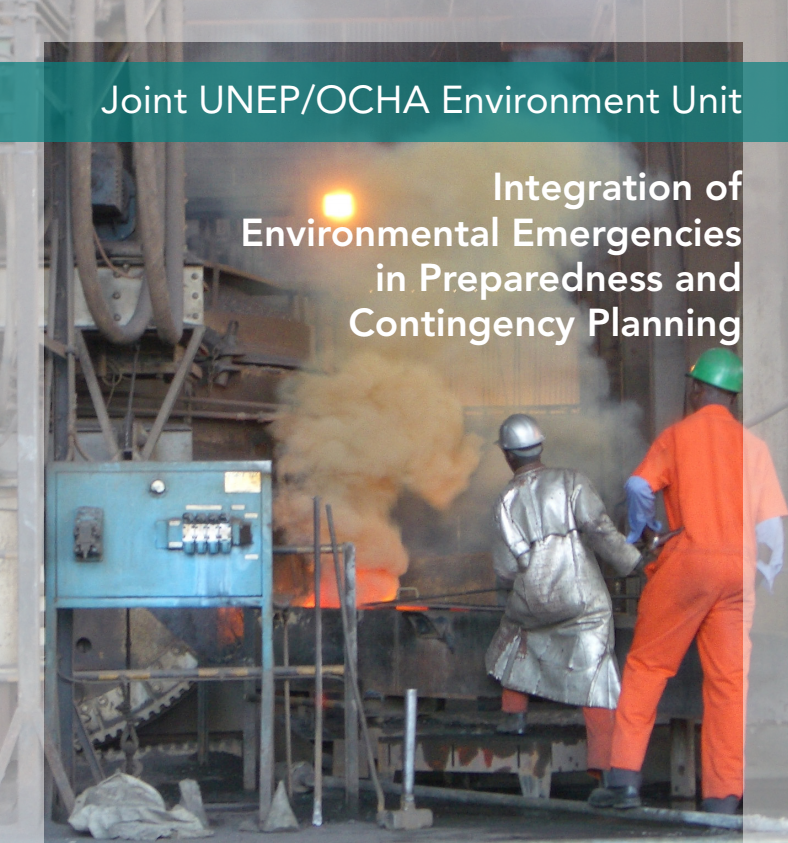This study conducted by the UN Environment/OCHA Joint Unit at the request of the Advisory Group on Environmental Emergencies (AGEE) highlights ways to improve the international framework for environmental emergency response and preparedness. It finds areas for improving linkages between environmental emergency response and contingency planning and how to best integrate these with the overall disaster risk reduction agenda.
conducted by the UN Environment/OCHA Joint Unit at the request of the Advisory Group on Environmental Emergencies (AGEE) highlights ways to improve the international framework for environmental emergency response and preparedness. It finds areas for improving linkages between environmental emergency response and contingency planning and how to best integrate these with the overall disaster risk reduction agenda.
Many countries, both developing and developed, have adopted measures to respond to environmental emergencies, including oil spills, and to a lesser degree, the accidental release of hazardous and noxious substances (HNS). However, greater consideration is needed in order to adequately prepare countries to respond to such emergencies. The results of this study primarily highlight the need for better awareness of environmental emergencies to improve country-level emergency response and preparedness plans. There is a significant need for additional support and assistance to widen the scope of existing contingency plans for environmental emergencies, particularly with regards to establishing coordination mechanisms and strengthening capacity. In response to the growing need for improved preparedness for environmental emergency response, including contingency planning, participants at the ninth meeting of the Advisory Group on Environmental Emergencies (AGEE) considered how to continue to improve the international framework for environmental emergency response and preparedness. To address this challenge, the AGEE, through the UN Environment/OCHA Joint Unit (JEU), commissioned this study to identify areas for improving linkages between environmental emergency response, contingency planning and preparedness and how to best integrate these within the overall disaster risk reduction agenda.
Consult the study here.